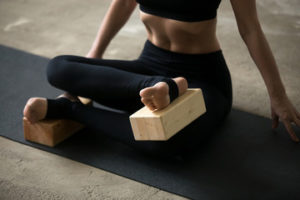A classroom filled with compassion, patience, and peacefulness.
Conducted in the evening, far away from the hustle and bustle of the city, is yoga for arthritis.
During the yoga class, students’ are encouraged to focus on practising yoga modified for arthritis, instead of core, power, and upside-down exersises. This helps to relieve students of anxiety, and the worry that they might be unable to go into certain poses. Asanas (yoga postures) is a part of yoga. So, in a sense, asanas do play a part in yoga as a whole, but yoga does not revolve around asanas only.
The classes conducted for people experiencing arthritis allows them to release any stress they experience during the day by regulating their breathing at the start of the class. This is done by long inhales and exhales – breathing in for four counts and breathing out for seven counts- until the students have aquired a total of 5 deep breaths (number of counts are subjective depending on individual student’s breathing pattern). Inhalation brings oxygen into your lungs while exhalation releases carbon dioxide and water vapour, which your body does not require. Breathing in a controlled manner is a powerful relaxation tool. Any physical pain, tiredness, stress, anxiety, anger, or sadness in your mind will be set aside when you focus on your breathing, bringing you to the present moment on the mat.
 Sitting comfortably on the mat, with the use of props to support and provide comfort to areas where students feel physical strain (eg. on their knees, hips, or lower back), students are able to focus better on their breathing. Cues are given for students to align their bodies and realise what their bodies can do. It fosters a connection to their bodies which may have been lost during years of disease progression and reduced activity. It takes time to come into each pose while mindfully maintaining focus in breathing.
Sitting comfortably on the mat, with the use of props to support and provide comfort to areas where students feel physical strain (eg. on their knees, hips, or lower back), students are able to focus better on their breathing. Cues are given for students to align their bodies and realise what their bodies can do. It fosters a connection to their bodies which may have been lost during years of disease progression and reduced activity. It takes time to come into each pose while mindfully maintaining focus in breathing.
Patience is needed by teachers to understand their students’ conditons and patience is needed by the students to appreciate that the teachers are giving their best to teach them. Mutual understanding and respect such as this helps create positive energy within the class.
Students are reminded that bodies are not built to do every possible pose ever invented. Nobody is capable of mastering every pose in yoga. It is common for beginners to have the misconception that everyone should be exactly the same when it comes to yoga practice, but it will soon be realised that nobody is the same and certain poses will be easy while other poses are not. The idea in yoga is not to avoid stress but to stress your joints appropriately for your body.
Yoga for arthritis gives students the opportunity to explore poses suitable for them, while yoga teachers modify each pose with the aid of props. There may be a specific pose given to all but each student will be provided varying modifications if it is not suitable for the student.
When students feel pain in certain poses, it is strongly recommended to refrain from going any deeper into the pose, and to come out of the pose altogether if the pain is bad. The body will generally warn you when you’re going too deep or holding the pose for too long.
In the class, everyone shares their conditions (eg. areas where their joints, knees, shoulder or back is in pain), and how each pose can give them a feel of strengthening, tightening or loosening of the joints. It is through the sharing that students are mindful of each other’s condition, becoming more tolerant and compassionate towards each other.
Practising yoga brings teachers and students closer as a community and acts as a sanctuary of inclusion for everyone.

